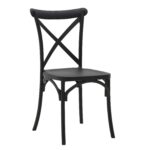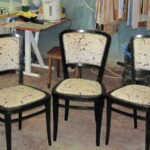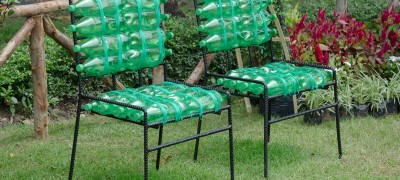How to repair a Viennese chair with your own hands
Simple yet very comfortable and graceful, Viennese chairs are not at all difficult to repair and restore at home. This furniture is light, it is used in the interiors of living rooms, kitchens, bedrooms. A minimum of tools and materials are required to repair. We will tell you how to repair Viennese chairs yourself.

- Design features of the Viennese chair
- Product history
- Chair design
- Design options
- How to make a DIY Viennese chair restoration
- Selection of tools
- Completing of the work
- Using a Viennese chair when decorating a room
- Video: the restoration process of the Viennese chair
- Photo gallery: Viennese chairs after restoration
Design features of the Viennese chair
The variety of models includes simple chairs, padded seats, armrests and half chairs. They are united by a sophisticated design and a back design with longitudinal or crossed ribs.

Product history
The technology for creating such chairs was invented by the master Michael Thonet, who lived in Vienna in the 19th century. The products were created from beech wood bent under the influence of steam. Furniture instantly became popular. The famous chair, which has survived to this day with little or no modification, was number 14.

Chair design
The structure consists of two arches which are connected to the rear legs and are complemented by a round seat. The elements are connected with screws. The beauty of furniture is that it is very simple, but it looks impressive.

The advantage of furniture is that it is incredibly durable, which means that after restoration it will last for many more years.

Design options
Manufacturers offer classic Viennese chairs made of curved wood as well as modern metal models. They are made in the same configuration, but in a more durable material. Such chairs are less likely to need repair and restoration.

Classic chairs are:
- without armrests with hard seats;
- without armrests with soft seats;
- with shortened armrests that are connected to the back;
- semi-chairs with a wide back and long armrests.
How to make a DIY Viennese chair restoration
It is not necessary to call a master to put an old high-quality chair in order. All work can be done by hand. The restoration of the Viennese chair will consist of strengthening the structure, sealing cracks and decorative finishes. If the seat is padded and worn out, the fabric and filling will need to be replaced.

Selection of tools
To disassemble and assemble the chair, you will need a screwdriver and screwdriver. Old fasteners can be left if their threads are not damaged, or they can be replaced with new ones.

To fix the configuration and finish you will need:
- hammer;
- clamps;
- mallet made of wood;
- sandpaper;
- solvent.
A furniture stapler and staples are useful for changing the trim.
Completing of the work
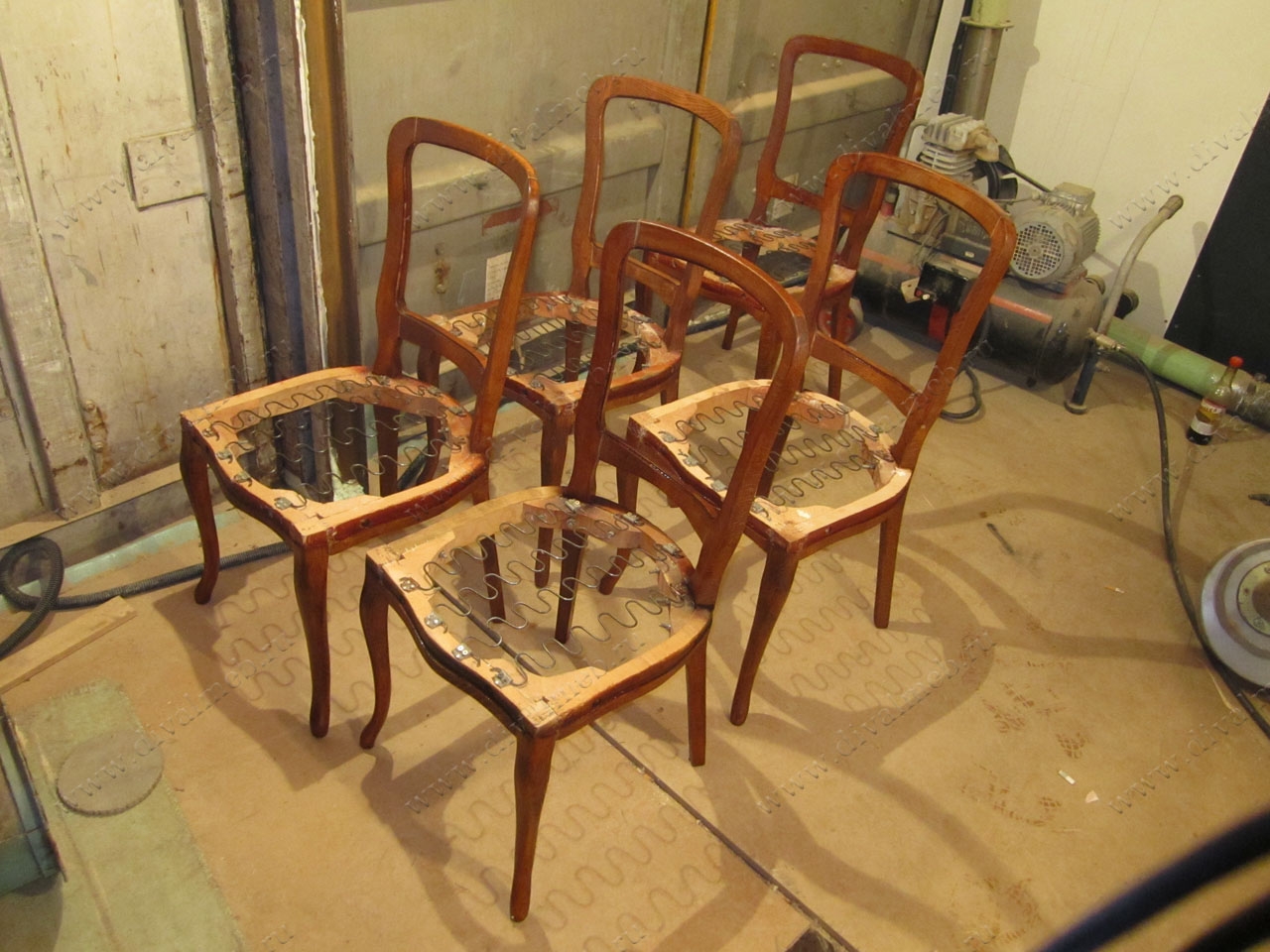
The first stage in the restoration of a Viennese chair with your own hands is preparation. The product must be well cleaned of dust and dirt. You can immerse the stool in water for a short time and wash it with soap and water. But it is better not to overdo it: wood absorbs moisture and swells. After that, the furniture is dried naturally. You can put the chair on the balcony, but not in direct sunlight.

Already at this stage, the varnish will begin to partially flake off.
Then you need to examine the chair to assess the scale of the work.
Important: before washing a chair with upholstered upholstery, it must be removed so that moisture does not linger in the fabric and fillers and does not harm the wood.

Disassembly of the structure
The simplest thing is to unscrew the bolts and remove all possible elements from the base. This is to simplify the process of sanding and repairing damaged parts.
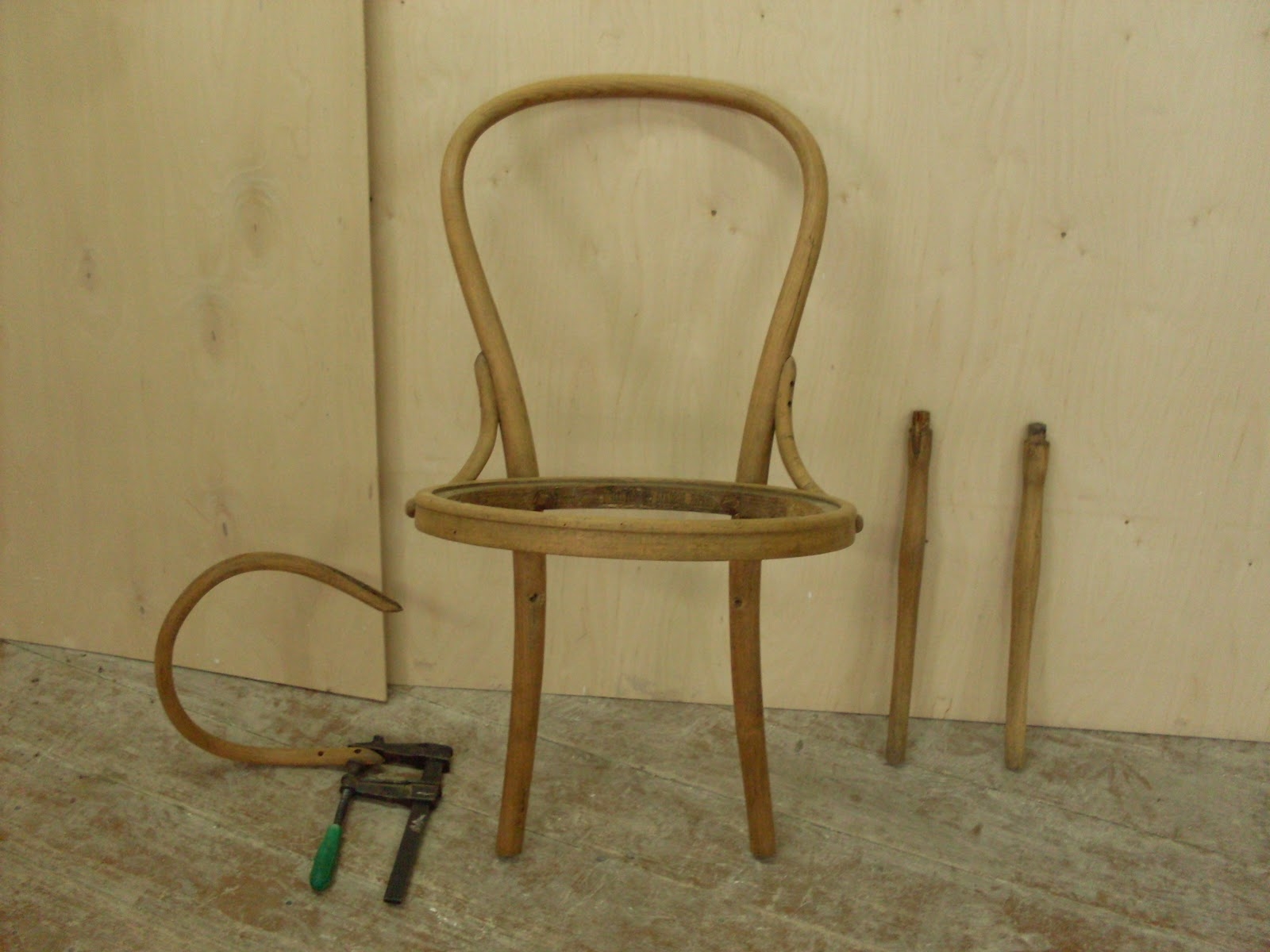
The fasteners should be folded into a separate bag or organizer. Deformed or rusted elements should be replaced with identical ones.
Options for fastening parts and methods of disassembly:
- the legs are attached according to the thorn-groove principle - they must be carefully loosened in order to be removed from the base, the back and seat are separated in the same way;
- if the chair is assembled with screws, they must be removed with lubricating oil so that they slip out of the grooves faster;
- glued furniture can be preheated with a construction hairdryer at the seams or the joints can be treated with a rag soaked in hot water, so the glue becomes soft and the parts can be separated without much effort.

Grinding parts
Most of the varnish and paint can be removed with a solvent. Or go straight to mechanical grinding. You will need a jigsaw or sandpaper of varying degrees of grit. First, it is used with the largest grain, and the final cleaning is done with fine-grained paper.
When the parts are completely free of paint and smooth, sanding is over.

Chair fixing repair
An important stage in the repair of a Viennese chair with your own hands is the restoration of the mountings.
How to do it:
- The ends of the parts that are worn out need to be sawed off a few cm deep.
- Drive wedges between them so that the landing part sits tightly in its original place.

If you are restoring fragile antique furniture, a thin hole is cut in the joint. Joiner's glue is introduced into it. Heavy wear on the cleat will help correct the wedge made from the splinter. It is greased with glue and inserted into the hole along with the part.
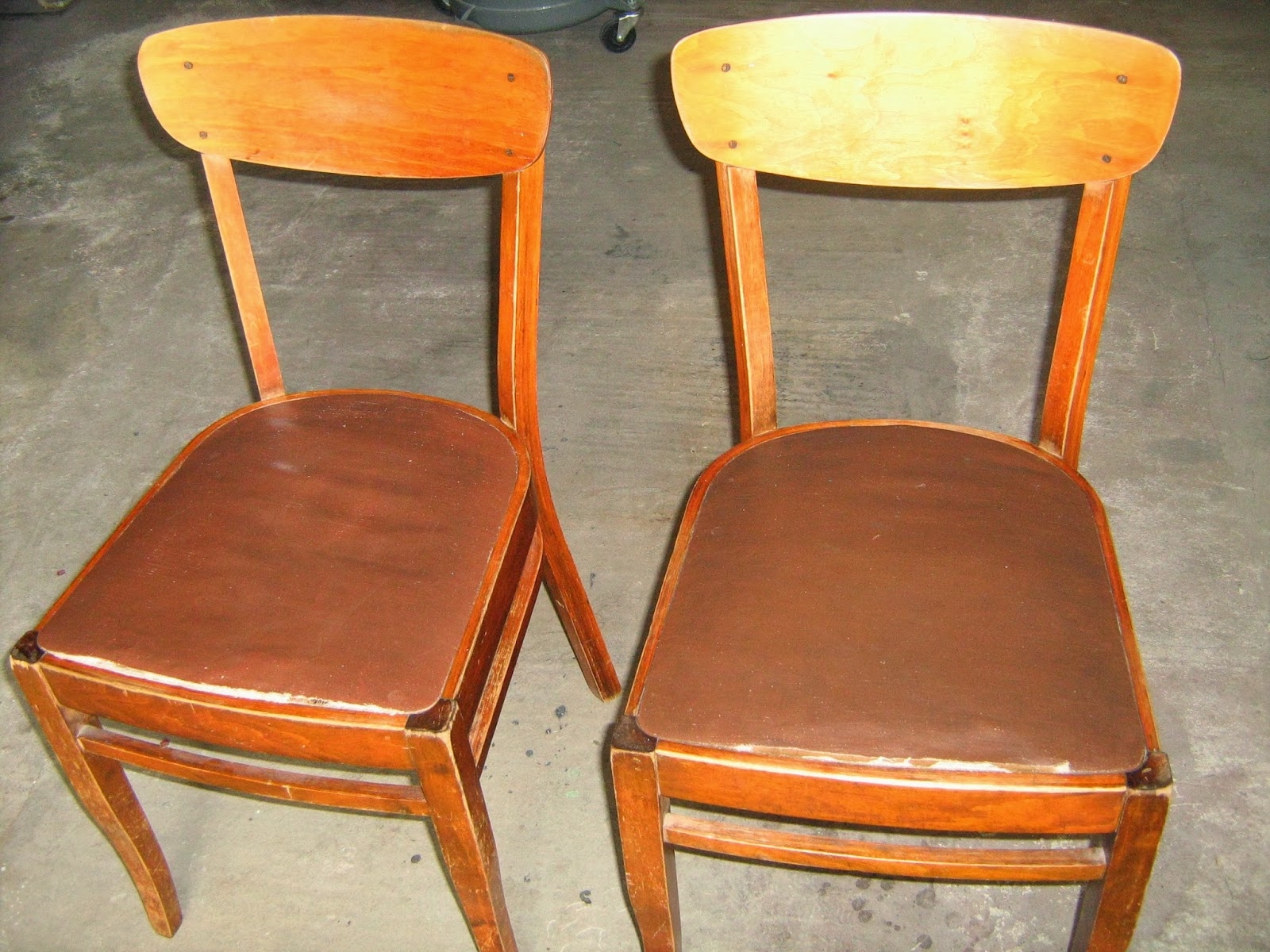
Assembly
The prepared and cleaned parts are connected together in the same way (with glue, screws or using the thorn-groove technology). If the attachment points are worn out, you can additionally pour it with wood glue.
Decoration features
There are several ways to refresh the look of your chair:
- stain and varnish;
- treat with wood putty, prime and paint.

For finishing, a transparent or tinted varnish, acrylic paint of any shade is suitable. To give the chair a classic look, you need to leave the texture of the wood visible and just varnish it. For kitsch-style interiors or modern designs, bright chairs are suitable.
The seat or back can be decorated using decoupage technique:
- Use decoupage napkins or newspaper clippings.
- Dilute PVA with water (1: 1).
- Immerse the image in the solution, soak it a little.
- Transfer the drawing with a brush to the surface.
- Allow to dry and secure with 2-3 coats of varnish.

The painting will look beautiful and unusual.
Soft seat on the chair
To repair the upholstery on the seat, remove the old one so that the mold can be removed from it. It is transferred to a new fabric, allowances of several cm are made (5-10).

It is very important to choose a comfortable filling. You can make the layer a little thicker to make it more comfortable to sit on the chair. For this, ordinary foam rubber is suitable. From it you need to cut out a part in the shape of a seat a couple of cm less than the part itself.
The filler is attached with glue to the seat with glue so that it does not slide out.
Important! The upholstery is placed in the center, the edges should be free so that the upholstery can be folded under them.

For greater convenience, you can put a layer of padding polyester on top of the foam rubber or use expanded polystyrene. This is a more modern material that holds its shape well and does not sag over time.
The last stage - the upholstery is pulled over the seat and secured with a furniture stapler.
It is important that the material is in harmony with the shade of the chair legs. You can see good options in the color ratio table. For upholstery, elastic and durable furniture fabrics are chosen: chenille, matting, tapestry.

Using a Viennese chair when decorating a room
In the interior of an apartment, a Viennese chair can take pride of place at the dining table in the living room or in the kitchen. Such furniture is perfect for interiors in classic styles, as well as for Provence or shabby chic. Laconic and bright chairs are suitable for a loft, kitsch, avant-garde.
Video: the restoration process of the Viennese chair


